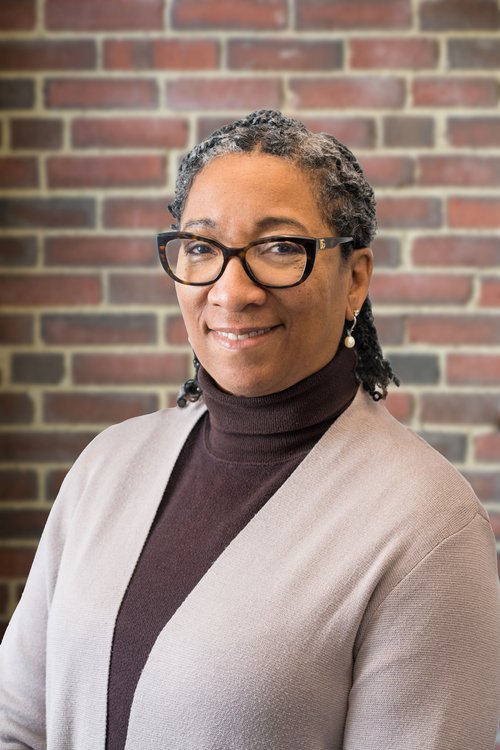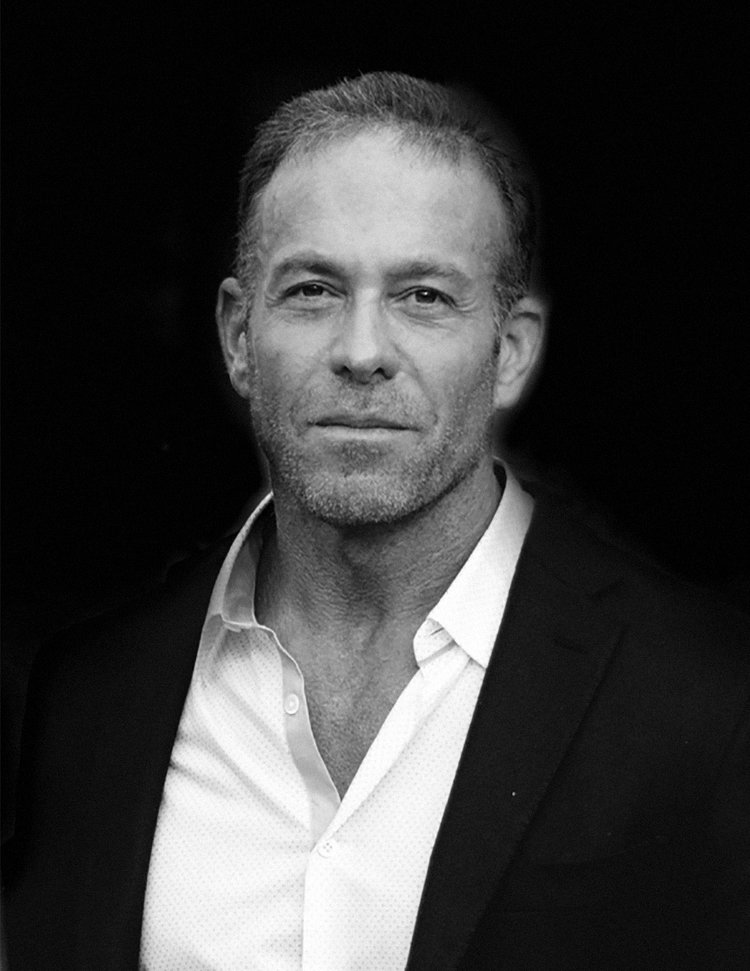Collaboration on Cleveland's West Side
by Bob Sandrick | Nov. 1, 2017 | 4:00 AM

In the 1970s, heroin didn’t have the killer bite the fentanyl-laced product has today, but it was still a scourge of the streets, even in Cleveland’s suburbs.
Young patrol officers like Jeff Capretto in Lakewood were arresting heroin addicts, some passed out on sidewalks. Heroin users were also arrested in less-developed communities like Westlake and North Olmsted.
“You had these very upscale, innocent communities that had never experienced any type of drug issue,” says Debbie Sutherland, Bay Village’s mayor from 2000 to 2016. “It wasn’t so much the amount of usage. It was just so completely shocking to these communities that it was even going on.”
Police chiefs in these towns wanted to bust drug traffickers but their forces, other than Lakewood’s, were too tiny.
“The idea of each community doing investigations on their own was not only expensive, but logistically impossible,” Lakewood Mayor Mike Summers says. “But collectively, we thought we could do it.”
So in 1971, police departments in Bay Village, Fairview Park, Lakewood, North Olmsted, Rocky River and Westlake formed the Westshore Enforcement Bureau to curb drug trafficking and vice crimes. Each community assigned officers to the bureau and shared the cost of equipment and training.
“We started getting not just arrests but convictions,” Sutherland says. “It was pretty dramatic.”
WEB quickly expanded to include shared SWAT, crisis-negotiation, HAZMAT and crowd-control teams. The six municipalities also established the Westshore Council of Governments, through which they share resources and personnel that they would struggle to afford on their own.
The council of governments has spurred a variety of intercity collaborations. For example, Bay Village, Fairview Park, Rocky River and Westlake share a wastewater treatment plant; Fairview Park, Rocky River and Westlake operate Tri-City Park; and Bay Village and Westlake split a compost facility.
Westshore members buy and share expensive equipment, like tree mulchers, and coordinate road projects. The six mayors meet monthly (except in July and August) to discuss individual and common concerns. Leadership rotates to a different mayor every year.
“Westshore is the oldest council of governments in Cuyahoga County,” says Ed Kraus, the county’s director of regional collaboration. “They’re far ahead of other parts of the county — not to say that there’s not a lot of collaboration among other mayors — but this group has done it for a long time. It’s an institution.”
Not every attempt at collaboration has succeeded. In the 2000s, Westshore considered creating a joint fire district under one chief. It didn’t pan out, but the study led to several fire department collaborations.
Meanwhile, Capretto — that young Lakewood officer from the 1970s — is now agent-in-charge of WEB, and he’s fighting a new and deadlier heroin epidemic. His 2017 budget is $572,000, and each of the six communities contribute, mostly according to their populations.
Capretto says WEB arrests in 2016 led to the prosecution of 162 criminal cases involving drug trafficking or possession and illegal sales of pharmaceutical drugs. A total of $208,000 in drugs was confiscated.
If that’s not enough, Westshore communities — which already operate a joint fire and emergency medical service dispatch center — are now talking about sharing police dispatchers as well, as both the county and state of Ohio urge communities to cut back on the number of dispatch centers.
“Some people express concern that collaboration diminishes services,”
says Rocky River Mayor Pamela E. Bobst. “But it actually strengthens services. When we can partner and collaborate,
it makes our communities stronger
and more competitive.”
Here a just a few examples of Westshore partnerships — and one that didn’t work out:
Wastewater Jewel
David Matty — who has been a law director in a few Northeast Ohio communities throughout the years — was Rocky River’s assistant law director in the early 1980s, when Bay Village, Fairview Park, Rocky River and Westlake acquired a wastewater treatment plant from Cuyahoga County.
It seemed akin to buying a stinky Edsel. But Matty, who helped negotiate the deal, says the communities came up smelling like roses.
The trouble started when the U.S. Environmental Protection Agency ordered the county to install secondary treatment devices in its wastewater plant in Rocky River. The idea was to make wastewater even cleaner. But the county put in equipment that didn’t work, and it polluted Lake Erie to boot,
Matty says.
In response, Bay Village, Fairview Park, Rocky River and Westlake sued the county, and the courts transferred ownership of the plant to the communities. The four governments spent $4 million, and the federal government another $2 million, on secondary treatment — and this time it worked.
Today, each of the four communities appoints a member to a board that runs the wastewater plant and appoints a superintendent.
“Every four years we do a study to determine how much waste comes from each community, and that determines their costs,” Matty says.
Matty calls the plant a jewel. It runs efficiently — each employee can run the plant if necessary — and doesn’t smell.
“I live across from the plant, and one day in 10 years something went wrong and I smelled something,” Matty says. “My son has caught steelhead in Spencer Creek, which is where the plant outflow goes. That’s how clean the water is.”
Roaring Skies
The same four communities — Bay Village, Fairview Park, Rocky River and Westlake — are members of Safe Air for the Environment, a collaborative effort establshed in the 1990s to control noise pollution from Cleveland Hopkins International Airport.
This was another project for Matty, who by then was Rocky River’s law director. At the time, the airport had two north-south runways next to each other. Planes taking off roared over the four towns.
“It was constant noise for those residents,” Matty says.
“It was burning them out.”
Matty negotiated with Hopkins for about six years to find a solution. He and aeronautical expert Sheldon Plager, dean of Indiana University’s Maurer School of Law, demonstrated that the two north-south runways, which intersected with other runways, created a dangerous air-traffic situation and limited takeoffs and landings. By separating the two north-south runways, the airport could safely increase air traffic, while disturbing residents less. The airport finally saw the light.
Fairview Park Mayor Eileen Ann Patton says the airport agreed to aim jetliners over Cleveland Metroparks, instead
of the four communities, as they headed toward Lake Erie.
“We now have a wonderful relationship with Cleveland Hopkins,” Patton says. “Our residents can now call a hotline number if they feel takeoff traffic has increased, or if planes are flying too low.”
Fire District Blues
In 2006, the six Westshore communities opened WestCom, also called Westshore Central Dispatch, a joint dispatch center for fire and EMS at St. John Medical Center in Westlake.
The partnership was successful. Response times improved. So the Westshore communities considered taking a step further and creating a joint fire district.
The communities received a $100,000 grant from the George Gund and Cleveland foundations to study the feasibility of a joint district. They hired Emergency Services Consulting International in Oregon to conduct the study and sought input from residents, fire department management and unions.
But when the study was finished, Lakewood and North Olmsted dropped out.
“We have a big fire department and can take care of our own needs,” Summers says. “We have only one common border, with Rocky River. If we send our equipment to other cities, we would do that more than send equipment here.
Our response times would suffer.”
The four remaining communities continued talks. One
obstacle, Sutherland says, was that younger firefighters started taking over as chiefs, and they were reluctant to
give up their jobs.
“Everything kind of ground to a halt,” Sutherland says. “We could have increased efficiency, contained costs over 10 years, but you have to have the political will to move forward, and it just wasn’t there.”
Still, the feasibility study included about 80 recommendations on how the fire departments might work together more efficiently, joint fire district or not.
“The fire departments started working closely and accomplished all the things we wanted without merging,” Patton says. “We share equipment and training, but have kept our identities due to the leadership of the chiefs.”
Ego Check
A willingness to give and take is key to making Westshore Council of Governments work.
“Is it going to be completely fair all the time for Bay Village?” Sutherland says. “Maybe not. Sometimes it might lean to Westlake. But it balances out over time. The rewards you reap from collaboration far outweigh the disadvantages.”
Summers says regional partnerships are more vital than ever due to state funding cuts to local governments.
“We’re all challenged with fewer resources than we used to have,” Summers says. “We realize the success of our neighbors is our success, too. If you have strong neighbors around you, you are more likely to benefit from that.”
The mayors can’t imagine merging their cities entirely. Bobst says such a move might make it harder for citizens to become civically engaged.
“That’s probably more a question for the residents, and how they weigh the importance of community identity versus potential efficiencies in changing the structure of local government,” Bobst says.
Trending
-
1
-
2
-
3
-
4
-
5










